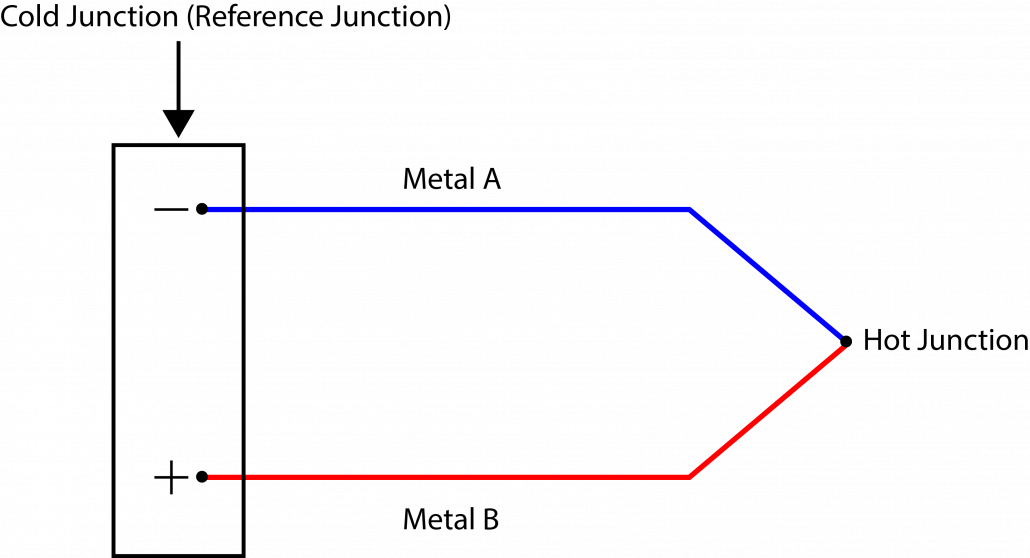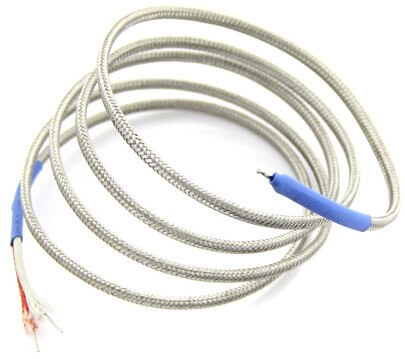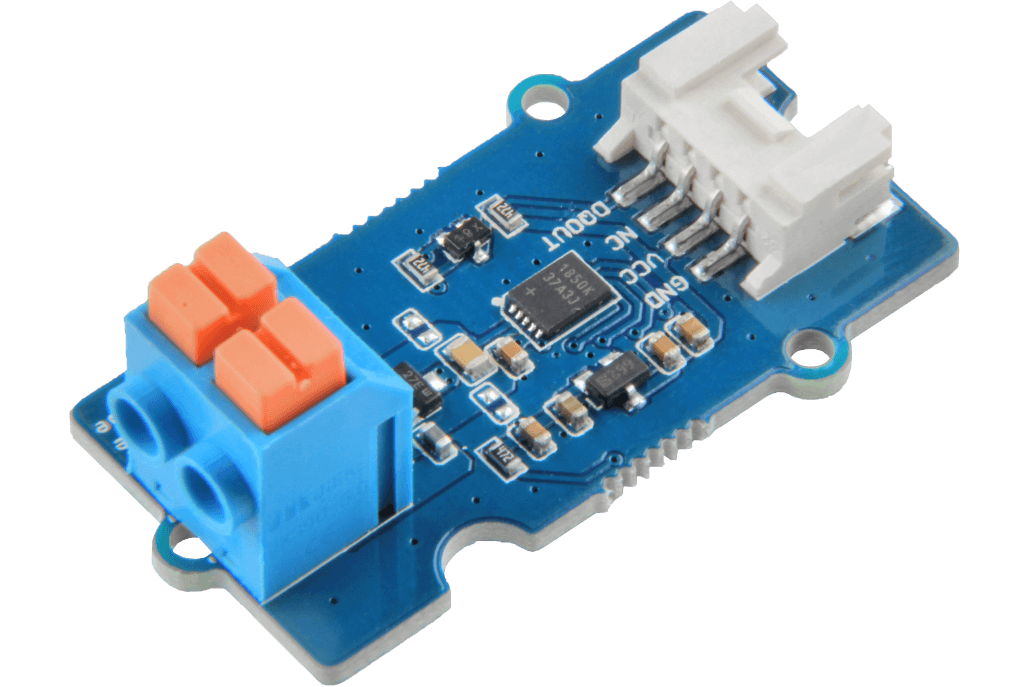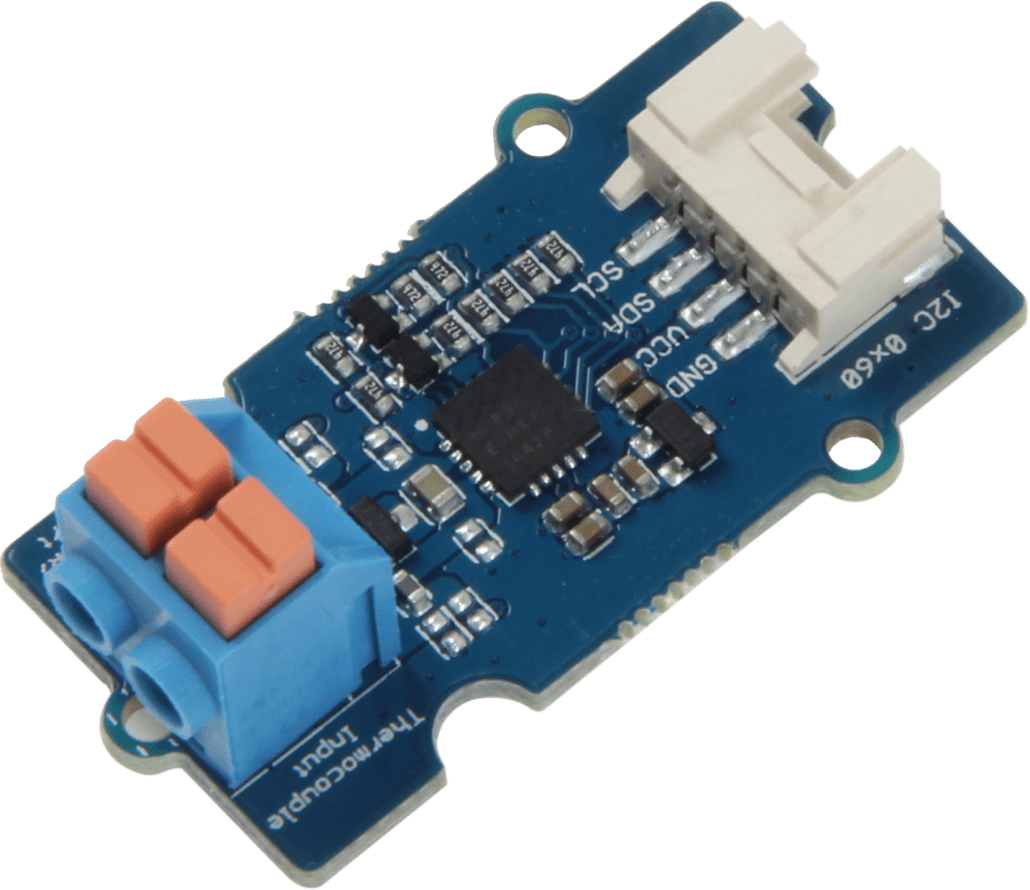Thermocouple Amplifiers Comparison | MAX31855 vs MAX31850K vs MCP9600
Have you ever heard of Thermocouple Amplifiers? These devices allow you to obtain highly accurate readings in the worst environment possible! However, to do so, you’ll need to first understand how they work. Thus, in this article, we will be addressing everything you need to know about Thermocouple Amplifiers!

What is a Thermocouple?
A thermocouple can be regarded as a component used for measuring temperature. But how can this be any different from an ordinary temperature sensor? Well…. unlike other temperature sensors, thermocouples can be used in situations where very high-temperature measurements need to be taken and therefore their temperature range is relatively high when compared with other temperature sensors.
Generally, a thermocouple consists of two wires with different metals and they are opened at one end and joined together at the other end. The open end where it connects to the Thermocouple Amplifier is called the “cold junction” and the joint end is called the “hot junction”.

We offer the below K-Type Thermocouple on our Bazaar. Click here to learn more.
What is a Thermocouple Amplifier?
Now that we know what a thermocouple is, how can we really output a temperature reading from a thermocouple? This can be achieved by using an amplifier circuit which is also known as a Thermocouple Amplifier.
The temperature output from a thermocouple amplifier depends on the voltage produced at the reference junction. And the voltage produced at the reference junction depends on the temperature difference between the reference junction and the measurement junction.
So, in order to get an accurate temperature reading, the reference junction temperature must be known. This can be achieved by using a Thermocouple Amplifier where its circuit has a temperature sensor to measure the reference junction temperature. This is known as cold junction compensation.

MAX31855
Thermocouple Amplifiers based on MAX31855 performs cold-junction compensation and supports K, J, N, T, S, R, or E-type thermocouples. The data is output in a 14-bit read-only format with SPI compatibility. This has a measurement range of -270°C to +1800°C with a 0.25°C resolution. Below is an application circuit diagram of the MAX31855 chip.

What are the Thermocouple Amplifiers we offer?
Currently, we have two Thermocouple Amplifiers on our Bazaar and they are the Grove – 1-Wire Thermocouple Amplifier (MAX31850K) and the Grove – I2C Thermocouple Amplifier (MCP9600).
Grove – 1-Wire Thermocouple Amplifier (MAX31850K)
Grove – I2C Thermocouple Amplifier (MCP9600)
Both these Thermocouple Amplifiers have cold junction compensation and also, they both have a thermocouple-to-digital converter inside.
Thermocouple Amplifiers Comparison
Similarities
There are widely used Thermocouple Amplifiers based on MAX31855 and now let’s look at some similarities between this and the other two thermocouples we discussed before.
All these three Thermocouple Amplifiers: MAX31850K, MCP9600 and MAX31855 have integrated cold-junction compensation and they all can detect thermocouple open-circuit and closed-circuit.
Differences
To have an idea about their differences let’s take a look at the following table.

By looking at the table, we can clearly see that each Thermocouple Amplifier has its advantages and disadvantages over the other.
Supported Thermocouples
When comparing the above three, MAX31855 supports the most number of thermocouples.
Interface
When comparing the three types of interfaces above, SPI offers slightly faster speeds than 1-Wire and I2C. But 1-Wire and I2C can have more devices in one data line, unlike the SPI. The 1-Wire interface can have an unlimited amount of thermocouples in one data line whereas the I2C interface can only have eight thermocouples in one I2C bus.
Resolution
The resolution of MAX31850K and MAX31855 is the same whereas MCP9600 has a higher resolution than both the other. This will allow you to take many accurate measurements.
If you want to learn more about our Thermocouple Amplifiers, please visit the videos below to learn more about them.
Grove – 1-Wire Thermocouple Amplifier (MAX31850K)
Grove – I2C Thermocouple Amplifier (MCP9600)
Summary
And that’s it for the Thermocouple Amplifiers comparison! Hope this blog provided you knowledge about Thermocouples and we believe this will help you choose yours for your next Thermocouple based project! Stay tuned for more informative and interesting content in the future!



Thank you